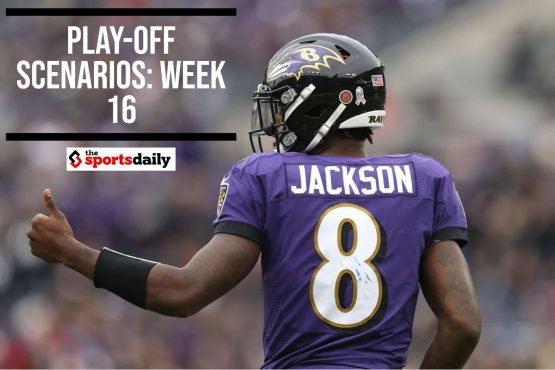Now that the combine season is coming to an end, our next game plan for my son’s college football recruiting path is to research a few NCAA College Recruiting Rules. It seems that every combine or showcase that we attend, there is a coach or representative from some sort of recruiting service. They give us a hand out that breaks down specifications or measurables that D1 schools look for in college recruits (I’ll post another blog on D1 measurables later). But they don’t go into depth about the rules for NCAA recruiting and if it’s one thing we have learned from this game is that before you can play it, you gotta know the rules of engagement.
Football recruiting has become an intense and competitive opponent, it’s almost like you are spending 50 % of your time in the game with the recruiting process. Trying to find ways to evenly spread out the athletes time between school, training, combines & showcases, recruiting, marketing (another important topic I’ll get back to later) and the most important… making sure your athlete is being a kid! All of these are pieces that are in my opinion essential if your athlete isn’t a 6’5″ 280 lb football phenomenon tin tuc bong da!
I was able to do some searches on the web and weeding out all of the recruiting service offerings that pull up on #1 on the Page rankings in Google. The best place to learn about everything you ever wanted to know about NCAA Recruiting Rules or guidelines is at the bong da truc tuyen. I have found that there are so many rules that the NCAA governs, so here are a few that I believe are good starting points.
(1) NCAA Recruiting Eligibility
There is loads of information about how to get recruiting eligible for NCAA. You can download the quick recruiting guide at the NCAA website.
(2) NCAA Banned Drugs
In today’s competitive football recruiting process, coaches are looking for the biggest, strongest and fastest. There are many young athletes taking illegal and banned substances and can get your athlete banned from becoming eligible. Even some nutritional and dietary supplements you may think are harmless, can cause your athlete to be considered ineligible to play in the NCAA. Review these specific guidelines and for tin tuc bong da (3) NCAA Recruiting Calendar – That’s right, there are specific times of the year that college coaches are allowed and not allowed to communicate with an athlete. There is a calendar for D1 football recruiting at the NCAA site and also for the other divisions. You will want to look at other divisions because there is lots of scholarship money in those schools as well.
(4) NCAA Academics – The site covers lots of information about academics, one that I found very interesting was the information about the NCAA sliding scale. Now we all know that our students strive to be straight “A” students, but sometimes that is not always the case. The NCAA has a sliding scale that weighs a student’s GPA and their SAT/ACT scores.
These are just a few that I have found useful and has helped me understand the rules of engagement in college football recruiting. Happy reading!
Add The Sports Daily to your Google News Feed!







